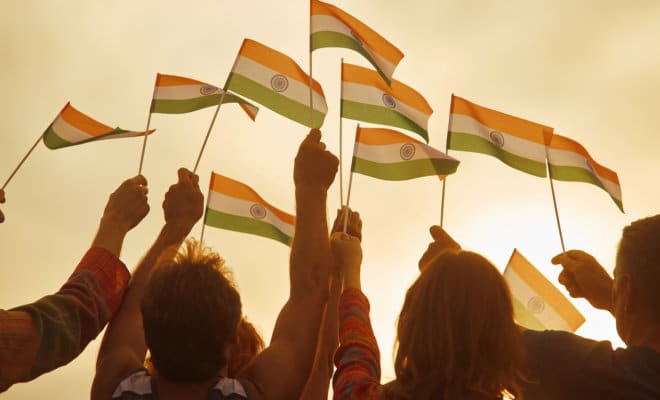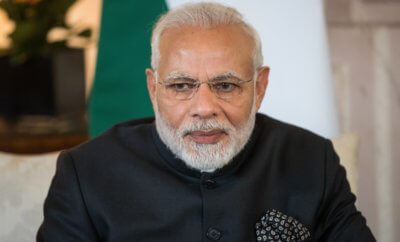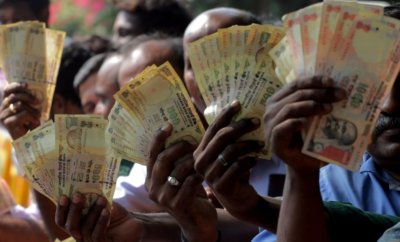India
India Figures Behind U.S, China and Japan to Rank 4th in Asia Pacific Power Index

Representational Image
Photo: Bigstock
The Asia Pacific Power Index pegs India as “giant of the future,” with 169 per cent growth between 2016 and 2030.
India has been ranked 4th among the 25 nations in the Asia Pacific region listed on the Lowy Institute Asia Pacific Power Index. The inaugural index, compiled by Australian think tank The Lowy Institute, has pegged India as the “giant of the future,” the Mint reported. The index measures a country’s overall power in an average of eight parameters —economic resources, military capability, resilience, future trends, diplomatic influence, economic relationships, defense networks and cultural influence.
The index measured power in 25 countries and territories in the Asia Pacific region, from Pakistan in the west to Russia in the north, and as far into the Pacific as Australia, New Zealand and the United States.
The report said that India lags behind in defense networks and economic relationships parameters, and added: “Japan and India share major power status. Tokyo is a smart power, while New Delhi is a giant of the future.”
India is ranked fourth in terms of economic resources, military capability, and diplomatic influence, while it figures at the fifth spot on resilience. It is placed at No.3 when judged on the parameters of cultural influence and future trends, No. 7 over economic relationships, and No. 10 in defense networks.
According to the report, India ranks third for its aggregate resources score and is going to be the fastest-growing economy in the region, with growth of 169 per cent between 2016 and 2030. India will also have an additional 169 million people to its working-age population by 2030.
“However, the economic giant suffers from a poor track record of converting its size-able resources base into strategic gain in Asia — despite New Delhi’s ‘Act East Policy’. It trails behind in the influence measures, most notably in defense networks and economic relationships,” the report said.
According to Lowy Institute, economic relationships is measured in terms of trade relations, investment ties and economic diplomacy, while defense networks are defense partnerships that act as force multipliers of military capability. It is measured via assessments of alliances, non-allied partnerships and arms transfers. Cultural influence is looked at as the ability to shape international public opinion through cultural appeal and interaction — measured in terms of cultural projection, information flows and people exchanges. The Lowe Institute describes future trends as the projected distribution of economic, military and demographic resources in 2030, which is measured in terms of GDP, military expenditure and working-age population forecasts.
As per the index, the United States takes the top spot in five of the eight Index parameters and is ahead of China by 10 points. The report observed that the Trump administration has greatly damaged American diplomatic influence in the region and its foreign policy decisions, such as its withdrawal in 2017 from the Trans-Pacific Partnership. China is ranked second, with top spots in parameters of economic relationships, diplomatic influence and future trends. Japan comes in third on the index.
As per the report, while the United States and China are “super powers,” Japan and India are “major powers.” Russia, Australia, South Korea, Singapore, Malaysia, Indonesia, Thailand, New Zealand, Vietnam, Pakistan, Taiwan, Philippines and North Korea are “middle powers,” while Bangladesh, Brunei, Myanmar, Sri Lanka, Cambodia, Mongolia, Laos and Nepal are “minor powers.”




You must be logged in to post a comment Login